-
 bitcoin
bitcoin $109547.008142 USD
0.04% -
 ethereum
ethereum $4011.838726 USD
-0.05% -
 tether
tether $1.000402 USD
-0.01% -
 xrp
xrp $2.798606 USD
0.88% -
 bnb
bnb $970.877944 USD
1.39% -
 solana
solana $202.237275 USD
-0.95% -
 usd-coin
usd-coin $0.999673 USD
0.00% -
 dogecoin
dogecoin $0.229294 USD
-1.15% -
 tron
tron $0.336370 USD
-0.45% -
 cardano
cardano $0.777260 USD
-1.66% -
 hyperliquid
hyperliquid $45.503019 USD
1.73% -
 ethena-usde
ethena-usde $1.000362 USD
0.01% -
 chainlink
chainlink $20.785303 USD
-1.10% -
 avalanche
avalanche $28.755822 USD
-0.11% -
 stellar
stellar $0.358303 USD
-0.48%
Is StochRSI accurate in early trading? Do I need to cooperate with other indicators?
StochRSI, combining Stochastic Oscillator and RSI, aids early trading by quickly signaling overbought/oversold conditions, but use with other indicators for best results.
May 22, 2025 at 09:01 pm
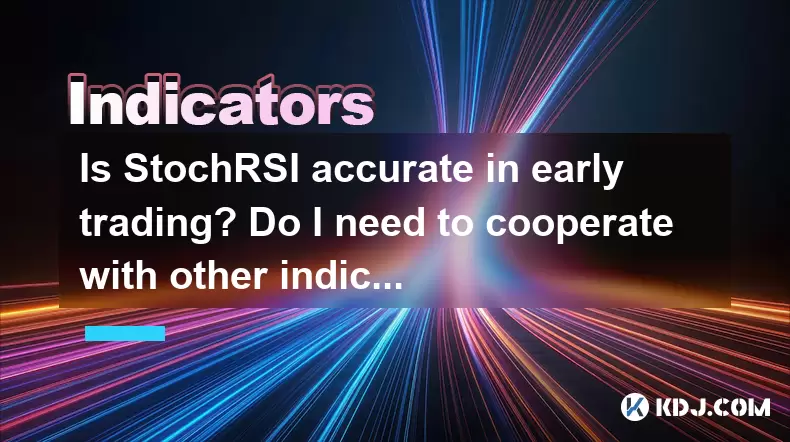
Introduction to StochRSI
The Stochastic RSI, or StochRSI, is a technical indicator that combines the principles of the Stochastic Oscillator and the Relative Strength Index (RSI). It aims to identify overbought and oversold conditions in the market more quickly than the traditional RSI. The StochRSI oscillates between 0 and 1, providing traders with signals for potential market reversals. In early trading, traders often look for indicators that can give them an edge, and the StochRSI is frequently considered for this purpose.
Accuracy of StochRSI in Early Trading
When assessing the accuracy of StochRSI in early trading, it's important to understand that no single indicator can guarantee success. However, the StochRSI can be particularly useful in the early stages of trading due to its sensitivity. Because it is a derivative of the RSI, the StochRSI can signal potential reversals more quickly, which is crucial in the fast-paced environment of early trading.
- Sensitivity: The StochRSI's ability to react quickly to price changes can help traders identify entry and exit points earlier than other indicators.
- Overbought and Oversold Levels: Typically, a StochRSI value above 0.8 is considered overbought, while a value below 0.2 is considered oversold. In early trading, these levels can signal potential short-term reversals.
- False Signals: While the StochRSI is sensitive, it can also generate false signals. Traders must be cautious and use additional confirmation methods to validate these signals.
Need for Cooperation with Other Indicators
Using the StochRSI in isolation can be risky, especially in early trading where market volatility is high. Cooperating with other indicators can enhance the reliability of the signals provided by the StochRSI. Here are some indicators that can be used in conjunction with StochRSI:
- Moving Averages: Simple or Exponential Moving Averages can help confirm trends identified by the StochRSI. For example, if the StochRSI indicates an oversold condition and the price is above a key moving average, it might be a stronger buy signal.
- MACD: The Moving Average Convergence Divergence can provide additional confirmation of momentum changes, which can be particularly useful in early trading.
- Volume Indicators: Volume can confirm the strength of a signal. If the StochRSI indicates a potential reversal and it is accompanied by high trading volume, the signal may be more reliable.
Practical Application of StochRSI in Early Trading
To apply the StochRSI effectively in early trading, traders should follow these steps:
- Select a Timeframe: Choose a timeframe that aligns with your trading strategy. For early trading, shorter timeframes like 1-minute or 5-minute charts are often used.
- Set Up the StochRSI: Add the StochRSI indicator to your chart. Most trading platforms allow you to customize the parameters, but the default settings are often sufficient.
- Monitor for Signals: Watch for the StochRSI to reach overbought or oversold levels. A value above 0.8 may indicate a potential sell signal, while a value below 0.2 may indicate a potential buy signal.
- Confirm with Other Indicators: Use moving averages, MACD, or volume indicators to confirm the StochRSI signals. For example, if the StochRSI indicates an oversold condition and the MACD line crosses above the signal line, it may be a more reliable buy signal.
- Execute Trades: Based on the confirmed signals, execute your trades. Remember to set stop-loss orders to manage risk.
Example of Using StochRSI with Other Indicators
Let's consider a practical example of using the StochRSI in conjunction with other indicators in early trading:
- Scenario: You are monitoring a 5-minute chart of a cryptocurrency pair.
- Observation: The StochRSI reaches a value of 0.15, indicating an oversold condition.
- Confirmation: You check the MACD and see that the MACD line has just crossed above the signal line, suggesting a potential bullish reversal.
- Volume Check: You also observe that trading volume has increased, confirming the strength of the signal.
- Action: Based on these confirmations, you decide to enter a long position with a stop-loss order set just below the recent low.
Limitations and Considerations
While the StochRSI can be a valuable tool in early trading, it is important to be aware of its limitations. False signals are a common issue, especially in highly volatile markets. Additionally, the StochRSI can be prone to whipsaws, where the indicator oscillates rapidly between overbought and oversold levels without a clear trend.
- Risk Management: Always use stop-loss orders to manage risk. Even with confirmed signals, the market can move against your position.
- Market Context: Consider the broader market context. If there are significant news events or macroeconomic factors at play, they can impact the effectiveness of technical indicators like the StochRSI.
- Backtesting: Before using the StochRSI in live trading, backtest your strategy on historical data to understand its performance in different market conditions.
Frequently Asked Questions
Q1: Can StochRSI be used effectively on all timeframes in early trading?A1: While the StochRSI can be used on various timeframes, its effectiveness in early trading is often best on shorter timeframes such as 1-minute or 5-minute charts. These shorter timeframes allow traders to capture quick market movements, which is crucial in early trading.
Q2: How often should I check the StochRSI in early trading?A2: In early trading, it's beneficial to monitor the StochRSI frequently, especially on shorter timeframes. Checking the indicator every few minutes can help you stay on top of potential signals and market changes.
Q3: Is it necessary to adjust the StochRSI parameters for early trading?A3: The default settings of the StochRSI are often sufficient for early trading. However, some traders may choose to adjust the parameters to make the indicator more or less sensitive to price changes, depending on their strategy and the specific market conditions.
Q4: Can StochRSI be used for cryptocurrencies other than Bitcoin?A4: Yes, the StochRSI can be applied to various cryptocurrencies. However, the effectiveness may vary depending on the liquidity and volatility of the specific cryptocurrency. It's important to test the indicator on different assets to understand its performance.
Disclaimer:info@kdj.com
The information provided is not trading advice. kdj.com does not assume any responsibility for any investments made based on the information provided in this article. Cryptocurrencies are highly volatile and it is highly recommended that you invest with caution after thorough research!
If you believe that the content used on this website infringes your copyright, please contact us immediately (info@kdj.com) and we will delete it promptly.
- XRP, Bitcoin Price Predictions: Decoding the Crypto Crossroads
- 2025-09-28 08:25:12
- ChatGPT, Crypto, and Crystal Balls: Predictions for a Wild 2025
- 2025-09-28 08:45:12
- Crypto Clash: Can Kaspa and Pi Coin Compete in a Remittix World?
- 2025-09-28 08:45:12
- Riding the Floki Wave: Gauging Gains with Social Engagement and Bottom Signals
- 2025-09-28 08:25:12
- Bitcoin's $109,000 Support: Will It Hold or Fold?
- 2025-09-28 09:05:14
- Crypto 2025: MoonBull Charges Ahead, Leaving Pepe and Mog in the Dust
- 2025-09-28 08:50:12
Related knowledge
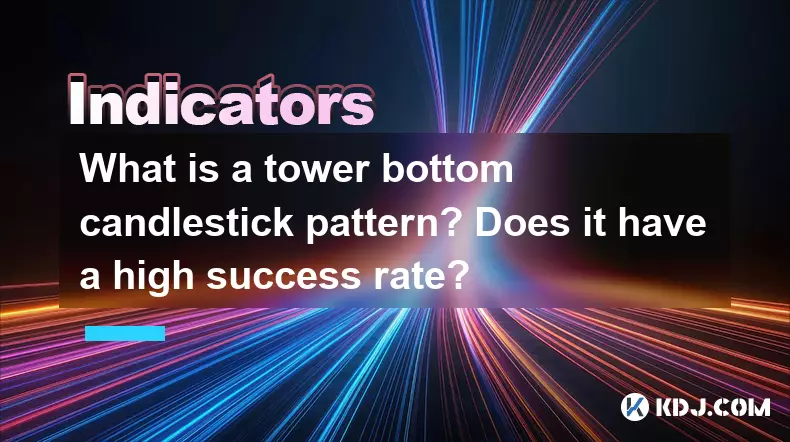
What is a tower bottom candlestick pattern? Does it have a high success rate?
Sep 22,2025 at 07:18am
Tower Bottom Candlestick Pattern Explained1. The tower bottom candlestick pattern is a reversal formation that typically appears at the end of a downt...
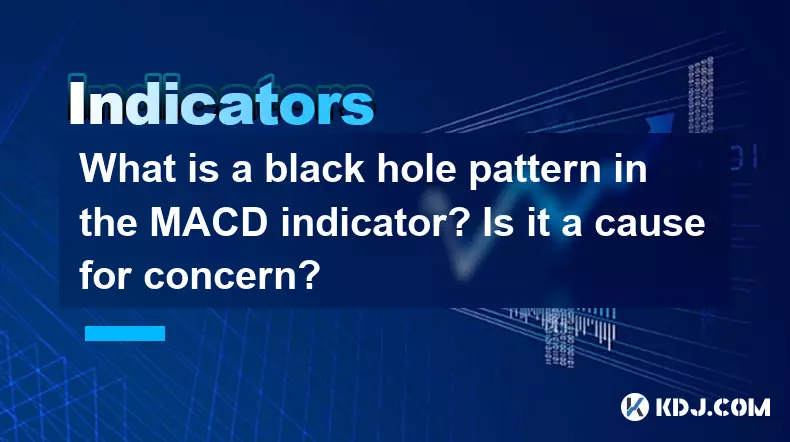
What is a black hole pattern in the MACD indicator? Is it a cause for concern?
Sep 21,2025 at 06:54pm
Bitcoin's Role in Decentralized Finance1. Bitcoin remains the cornerstone of decentralized finance, serving as a benchmark for value and security acro...

How can I use the psychological line (PSY) to determine market sentiment?
Sep 17,2025 at 02:19pm
Understanding the Psychological Line (PSY) in Cryptocurrency TradingThe Psychological Line, commonly referred to as PSY, is a momentum oscillator used...
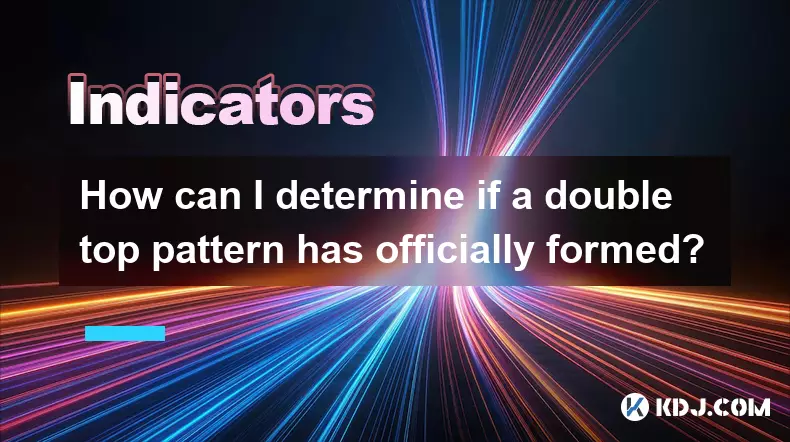
How can I determine if a double top pattern has officially formed?
Sep 21,2025 at 03:18am
Understanding the Structure of a Double Top Pattern1. A double top pattern consists of two distinct peaks that reach approximately the same price leve...
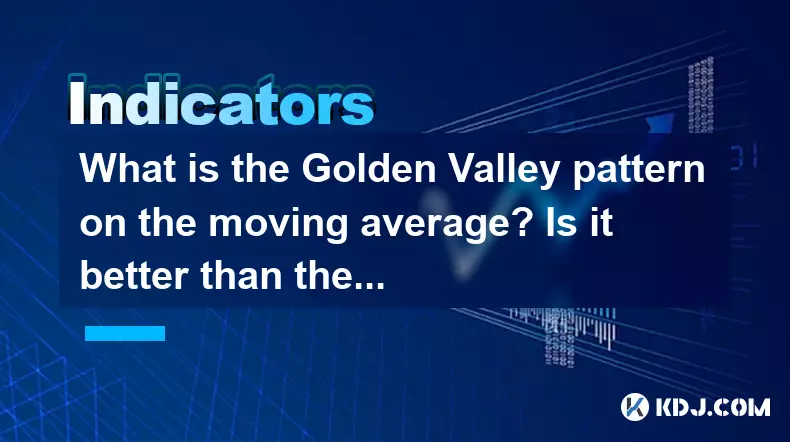
What is the Golden Valley pattern on the moving average? Is it better than the Silver Valley pattern?
Sep 21,2025 at 02:54pm
Understanding the Golden Valley Pattern in Moving Averages1. The Golden Valley pattern is a technical formation observed in cryptocurrency price chart...

What does a death cross of the RSI in the strong zone (above 50) mean?
Sep 17,2025 at 10:54pm
Understanding the Death Cross in RSI Context1. The term 'death cross' is traditionally associated with moving averages, where a short-term average cro...

What is a tower bottom candlestick pattern? Does it have a high success rate?
Sep 22,2025 at 07:18am
Tower Bottom Candlestick Pattern Explained1. The tower bottom candlestick pattern is a reversal formation that typically appears at the end of a downt...

What is a black hole pattern in the MACD indicator? Is it a cause for concern?
Sep 21,2025 at 06:54pm
Bitcoin's Role in Decentralized Finance1. Bitcoin remains the cornerstone of decentralized finance, serving as a benchmark for value and security acro...

How can I use the psychological line (PSY) to determine market sentiment?
Sep 17,2025 at 02:19pm
Understanding the Psychological Line (PSY) in Cryptocurrency TradingThe Psychological Line, commonly referred to as PSY, is a momentum oscillator used...

How can I determine if a double top pattern has officially formed?
Sep 21,2025 at 03:18am
Understanding the Structure of a Double Top Pattern1. A double top pattern consists of two distinct peaks that reach approximately the same price leve...

What is the Golden Valley pattern on the moving average? Is it better than the Silver Valley pattern?
Sep 21,2025 at 02:54pm
Understanding the Golden Valley Pattern in Moving Averages1. The Golden Valley pattern is a technical formation observed in cryptocurrency price chart...

What does a death cross of the RSI in the strong zone (above 50) mean?
Sep 17,2025 at 10:54pm
Understanding the Death Cross in RSI Context1. The term 'death cross' is traditionally associated with moving averages, where a short-term average cro...
See all articles










































































